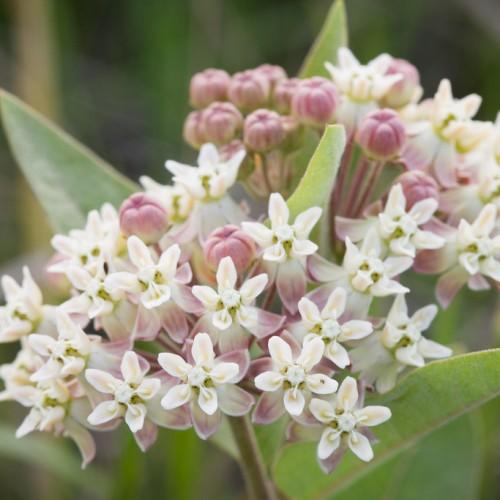
Oval Leaf Milkweed
Asclepias ovalifolia
Also Known As - Low Milkweed,Dwarf MilkweedWatering:
Average
Hardiness Zone:
Flowers:
Flowers
Sun:
Sun, Partial Shade
Soil:
Sand
Leaf:
Yes
Growth Rate:
Low
Salt Tolerant:
Yes
watering
Oval Leaf Milkweed (Asclepias ovalifolia) does best when watered thoroughly twice a week. In the summer when temperatures are higher, the plant may need to be watered more often, approximately 3 times a week. During the winter months, water once per week. Make sure to check the soil moisture before watering, and adjust the frequency as needed. It is important to keep the soil consistently moist but not soggy.
sunlight
Oval Leaf Milkweed typically requires full sun to partial shade, meaning it should receive a minimum of 6 hours of direct sunlight each day. It also thrives in hot, dry conditions, so it is best grown in an area that receives at least 8 hours of direct sunlight during the summer months. In areas with milder temperatures, it can handle up to 12 hours of sun each day. The plant should also be protected from strong winds and intense summer heat in order to perform its best.
pruning
Pruning Oval Leaf Milkweed (Asclepias ovalifolia) should be done twice a year, once in early spring and again in early summer. In early spring, cut the stems of the Milkweed back to the ground. This will encourage new growth and increased flowering in mid-summer. In early summer, prune back the spent flower stems and any unruly stems that have outgrown the bush. Less pruning is necessary if you are trying to keep the plant at a shorter height. Pruning in general should be done with sharp clippers or pruners and should remove no more than 1-third of the total plant. Pruning Oval Leaf Milkweed is best done in the late morning or early afternoon when the leaves and stems are less brittle, and less water loss occurs due to evaporation. Always make sure to protect yourself and your surrounding area from sticky milkweed sap by wearing gloves and protective clothing.
